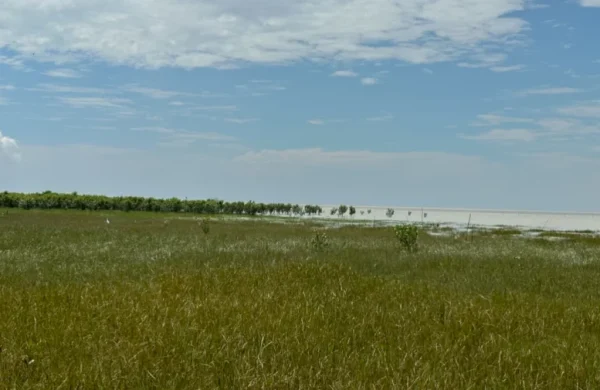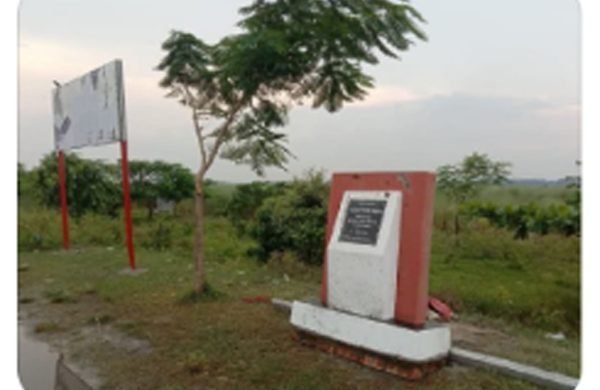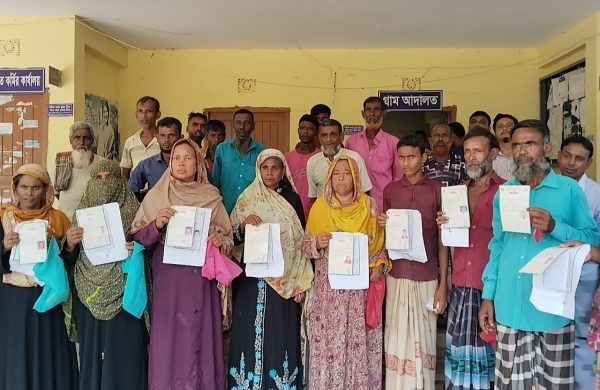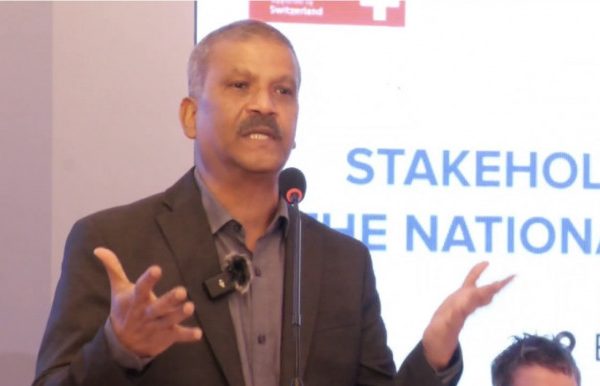Nature-based solutions for vulnerable coastline protection
- Update Time : Wednesday, April 23, 2025

—Parvez Uddin Chowdhury—
In order to reduce disaster risks and build resilient coastal communities, we should focus and invest on such nature-based solutions we are living in an age of escalating global warming and our coastal communities and ecosystems are becoming increasingly vulnerable. Located along the fastest rising sea in the world –the Bay of Bengal, we are often listed as one of the most disaster-prone countries in the world. Every year our low-lying coastlines are facing unprecedented challenges.
After every devastating cyclone and flood, we are often starkly reminded of how fragile our defenses are in the faces growing climate effects. We see every year thousands are being displaced from coastal areas due to various climate related hazards including sea level rise, erosion, breaking embankments, high salinity, etc. Many reports indicate by 2050, around a million people from the coastal districts will be displaced due to the sea level rise.
We have a 710 km long coastline, going around all islands and up the estuaries, it is estimated to be nearly 1,320 km. Every year we spent millions to upgrade coastal embankments in the view of rising sea level and increasingly intense tropical cyclones. However, most of the coastline remains vulnerable having no sustainable defense against increasing climate hazards.
With climate effects increasing on us, each year, floods, cyclones, and heatwaves break previous records. The call for reducing disaster risks and building more resilient coastal communities is growing louder and louder every year. The monsoon is approaching meaning that days of fear and anxiety of the coastal people are coming.
Our coastlines are very dynamic and diverse. There happenrapid changes in landforms due to the influence of the Bay of Bengal and river systems. We have a variety of coastal ecosystems and landscapes including mangroves, sandy beaches, coral reefs, swampy land, saltmarshes, dunes, and wetlands.
I was born and grew up in highly vulnerable coastal community in southern Chittagong called Banshkhali. In my lifetime, I have seen the dramatic changes to have happened in our coastline. Banshkhali is often said to have the second longest beach in the country with a length of 35 kilometers. But the fact remains that only 7-8 kilometers are sandy beach where nowadays people are increasingly visiting. The rest is muddy, swampy land with salt fields — at some points there are mangroves and saltmarshes.
There has been a great of example of how nature-based solution can restore coastal ecosystems, reverse biodiversity loss, manage water and tackle the negative effects of climate change on coastal community. At the Ratnapur point of the Banshkhalicoastal belt, vast expanses of grassland, spanning more than a few kilometers are teeming with the beach.
Locally known as ‘uri’, the grass is called saltmarsh, and it grows in the intertidal zones of the coastal area. The way it thrives and paints the landscape by reclaiming areas from sea is truly amazing. The grass beds are full of life, providing shelter and food for a diverse aquatic species on the shore including crabs, seahorses, turtles and many other tiny invertebrates. They become submerged at high tide. In each season, these meadows transform and widen, becoming more vibrant and greener and paving way for mangroves to grow.
Only a decade ago, the area was barren, devastated by tidalstorm surges that uprooted many trees. The rising sea claimed all the dunes along the shore where people used to cultivate watermelons, tomatoes and vegetables. Much of coastal fisheries were affected. But now this grass is gradually building up the area.
The difference between embankments with the grass beds and without grass beds is obvious along the Banshkhali shore. Still, the parts with no such grass are being severely affected. During high tide, seawater often hits embankments and get into locality.
As we confront the multifaceted challenges by climate change, the need for sustainable, zero-carbon solutions is growing and is being increasingly seen as the only future. Globally, these solutions are being prioritized.
While the grass and mangroves may not immediately replace traditional hard solutions such as concrete walls, embankments fortified with concrete blocks or geo bags, they certainly serve as excellent complements. These natural defenses can help embankments withstand the growing threats of hydrometeorological hazards. Over time, they create such a robust natural protection that embankments may become unnecessary.
In order to reduce disaster risks and build resilient coastal communities, we should focus and invest on such nature-based solutions. In all the muddy coastlines, these can be applied. For observation and research, the saltmarshes and mangroves protecting coastline at Ratnapura point of Banshkhali coast can be visited.
—————————————————————-
Parvez Uddin Chowdhury is a development worker, climate enthusiast and writer. He can be reached at [email protected]


















